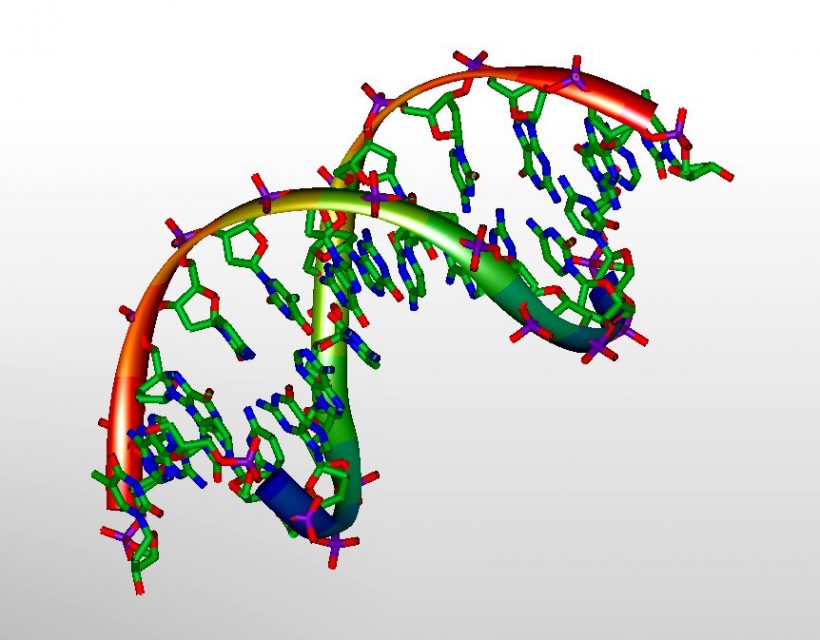
The DNA that lies tightly coiled in nearly every human cell is subjected to thousands of insults and injuries from within and without daily, which is why the human body has evolved multiple highly effective mechanisms for repairing DNA damage.
“We have in place exquisite mechanisms to repair DNA breaks, and when those fail, we end up with disease. We accumulate genomic instability, we accumulate mutations, and many diseases happen because of the inability of cells to repair DNA,” says Raul Mostoslavsky, MD, Ph.D., scientific co-director of the MGH Cancer Center and the Laurel Schwartz Professor of Oncology (Medicine) at Harvard Medical School.
DNA damage repair is a double-edged sword: When it goes awry, it can lead to diseases such as cancer and degenerative motor disorders, but it can also be exploited to treat many forms of cancer using drugs that interfere with DNA’s ability to fix itself, thereby causing cancerous cells to stop replicating and die.
Previous studies of DNA repair mechanisms were performed using systems developed by biochemists to purify proteins, but these systems have relatively low yields or “throughput,” Mostoslavsky explains.
“We decided to develop a high-throughput assay to try to identify repair factors in a more unbiased way. We ended up developing a unique microscope-based automatic system to generate DNA damage and to collect information on proteins that are recruited to these types of damage,” he says.
With co-investigators at the National Cancer Research Center in Madrid and at other centers in the U.S., Canada and China, Mostoslavsky and colleagues at MGH and Harvard have developed a highly sensitive method for visualizing DNA repair mechanisms at work. Using the technique, they have identified nine new proteins that are involved in DNA repair, a finding that can help researchers develop new cancer drugs, as well as methods for improving the effectiveness of existing therapies.
They describe their technique—a combination of high-throughput microscopy and machine learning—in the journal Cell Reports.
The investigators first developed a high-throughput microscopy test to analyze how proteins are attracted to or excluded from double-strand DNA breaks. With this system they generated a library of 384 mostly unknown factors and were able to identify which of these proteins are called into action when DNA damage occurs.
They then performed a proof-of-principle study, following one specific factor labeled PHF20 that is kept away from the site of DNA damage, and discovered that PHF20 is excluded because it can interfere with recruitment of another critical DNA repair factor labeled 53BP1.
Source: Read Full Article
